“Beautiful objects are the most practical that they can be,” observed Ernie O’Malley in his Aran Islands diary Nobody’s Business, noting the great beauty of whitewashed island cottages, everyday dress and objects locals took for granted. Outsiders often bring a different perspective. Muriel Gahan, after visiting craftsmen and craftswomen in the west of Ireland in the early 1930s, including on the Aran Islands, commented that “nobody took the slightest interest in them, with the result that they took no interest in themselves. They did not realise that they were doing something very valuable.”
Breathing new life into Irish tweed these days is a generation of fashion designers who appreciate and value one of the country’s great textiles and craft traditions. At the Council of Irish Fashion Designers show last month, a strong use of Irish tweed (and linen) was noted for the first time. Two of the designers, Noema and Silvia Ortega (a former aerospace engineer and a teacher), used Irish tweed in innovative ways. Both designers are Spanish, and neither had heard of it until they came to live in Ireland.
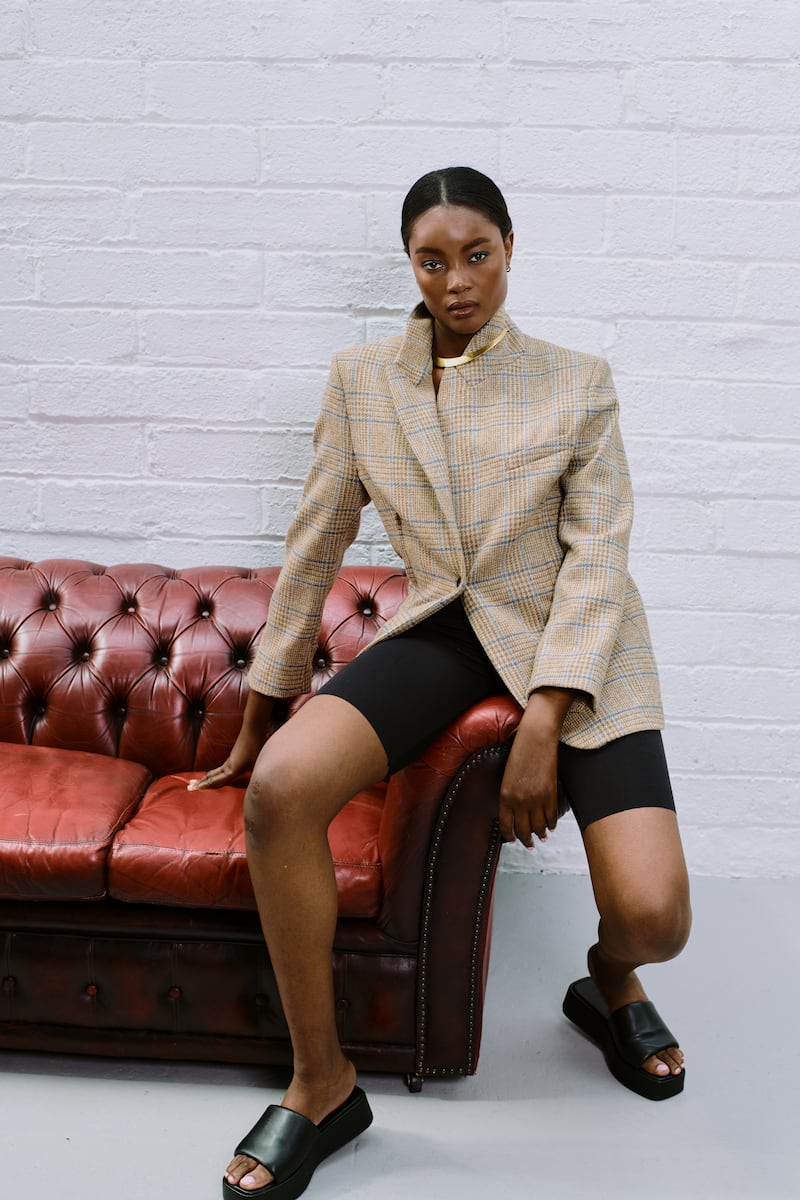
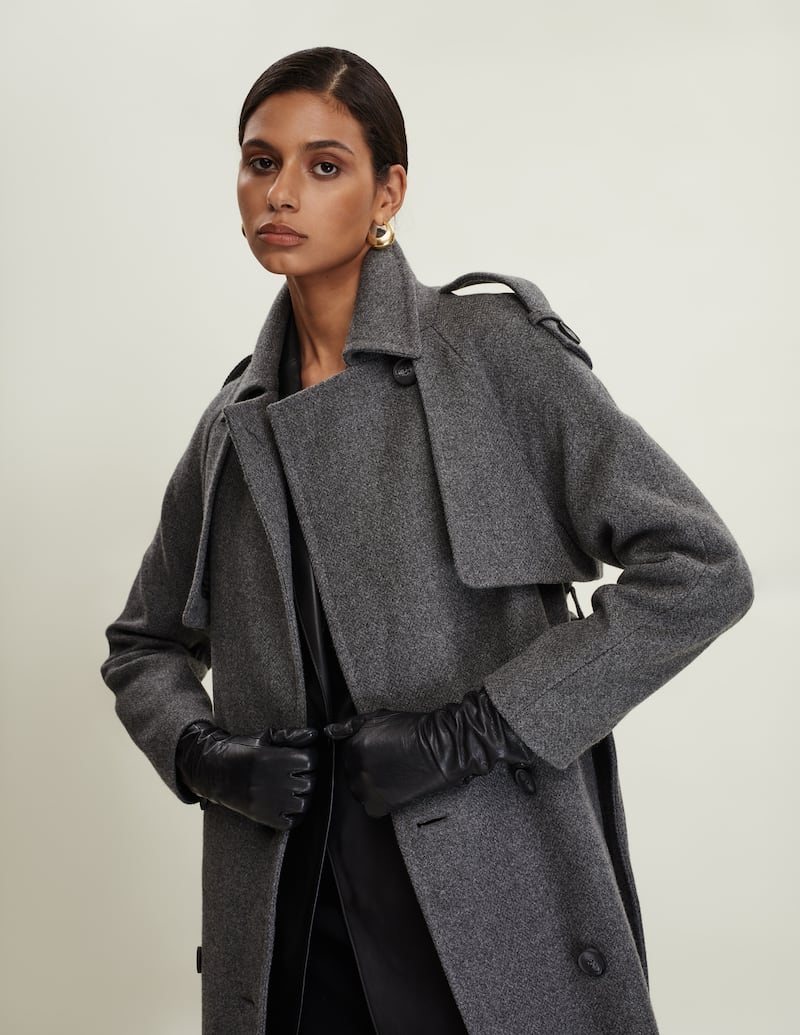
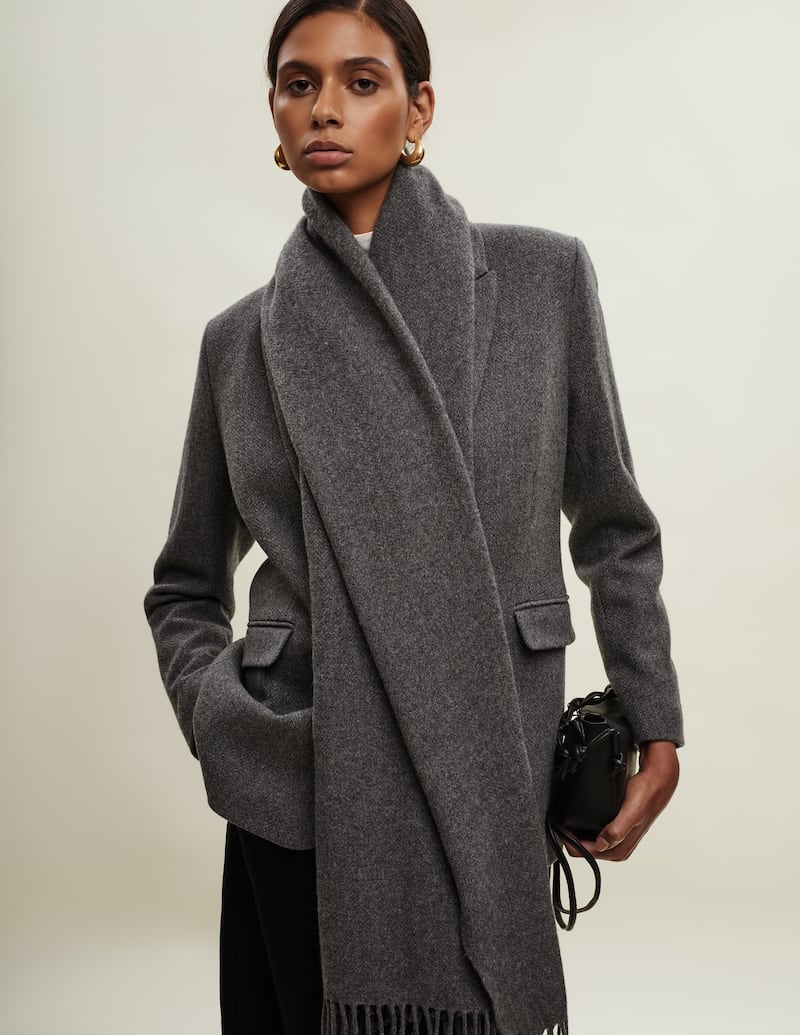
Ortega’s first brush with the fabric came when she was asked to design a range of tweed ponchos and jackets for Moriarty’s in Kerry. She later worked for Penneys in Dublin. As one who likes mixing heavy and delicate fabrics together, her herringbone tweed coat matched with a mantilla-style lace hoodie brought a Spanish sensibility to a heritage fabric, while Noema presented a tweed dress – not often seen in Irish fashion – with a matching coat, attributing the look to her memories of growing up in Majorca when “we wore long heavy coats in the winter and were half-naked in summer. What I love about Irish tweed is that it looks like the Irish landscape, and it suits all ages.”
Elsewhere, Ejay Griffin from Limerick played with tweed in a red pinafore over a floral dress and in a jacket patchworked with floral cotton, “finding beauty in the midst of chaos”, she says. The designer, a graduate of the Limerick School of Art and Design, fell in love with tweed after a student visit for a project to Hanly’s in Tipperary, a company with a weaving tradition going back to 1893, “and I have never looked back”, she says. In Meath, Cleo Prickett has been using Magee tweed since launching her brand, and likes her jackets “to feel like a piece of armour, robust and sculptural”, she says. “I love using fabrics with texture, pattern and structure, and wool tweeds combine a hardiness with visual beauty, and their earthy patterns and textures are ideal for intricate tailoring.”
At home with Brendan Courtney by the sea in Wicklow: ‘I wanted to simplify my life’
Wealth gap tensions: ‘My friends don’t have to budget like me. A round of cocktails scares the s**t out of me’
Alison Curtis: ‘On arriving in Ireland I was stumped at how men and women didn’t interact’
‘I’m deeply unhappy but I think leaving my husband will destroy him’
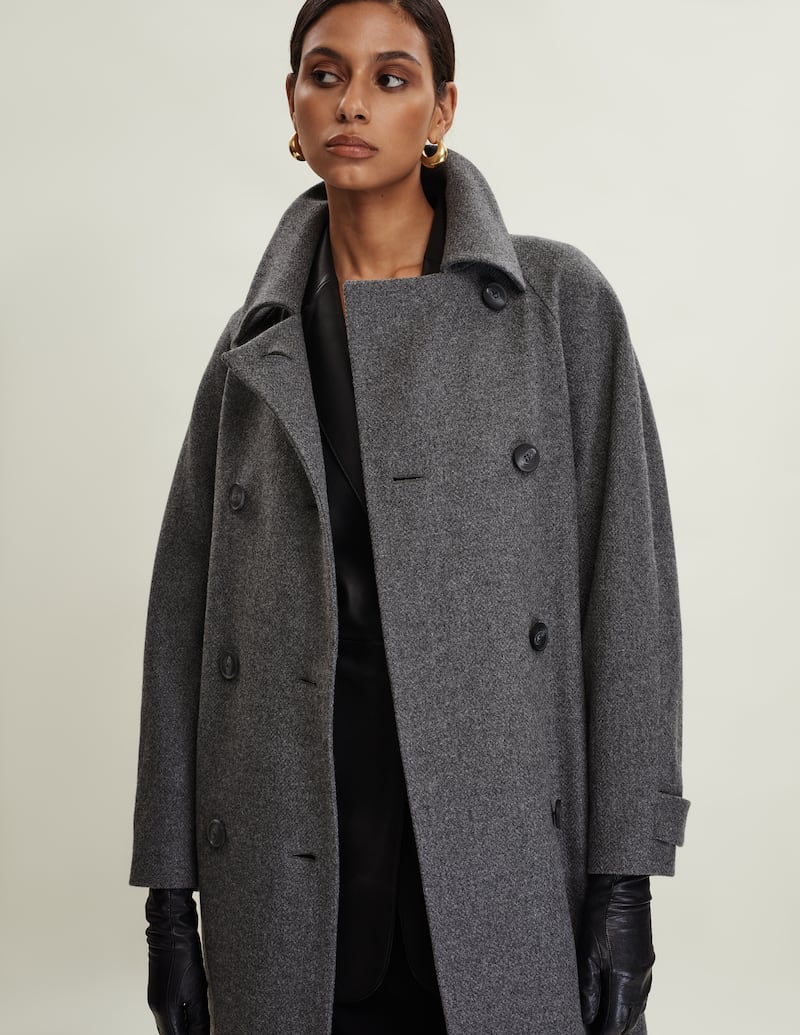
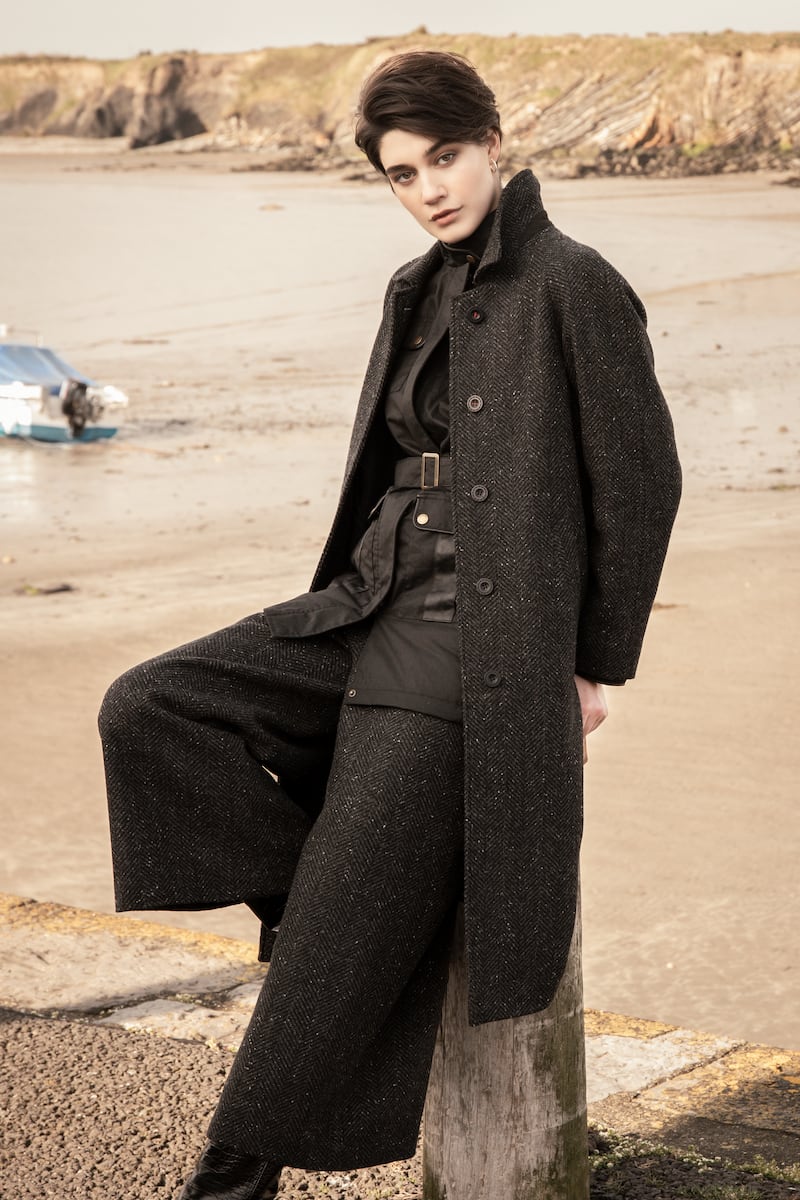
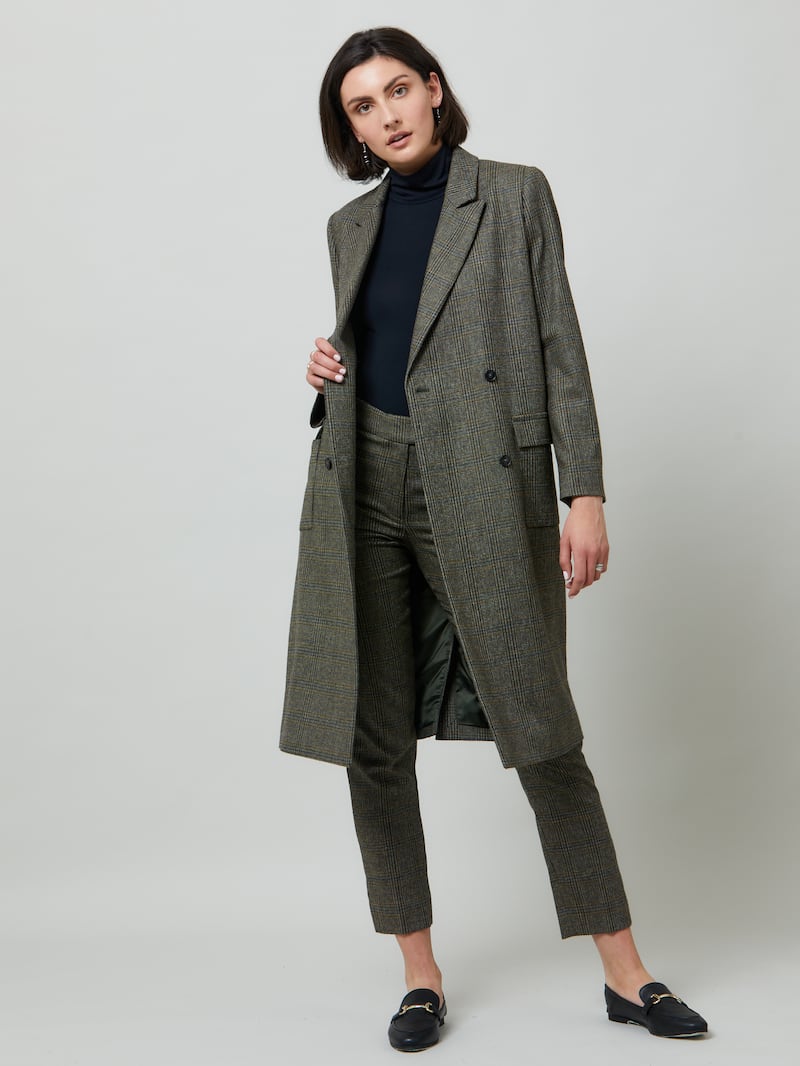
Pride of place when it comes to reinvigorated Irish tweed, placing it firmly in contemporary fashion, is Anna Guerin’s Landskein, now in its fifth collection called Orphic. Her lambswool tweeds are woven exclusively for her by Shaun and Kieran Molloy of Molloy & Sons in Donegal, in subtle shades of olive, ink, cocoa, black, grey and mulberry in patterns that include oversized herringbones, checks, twills and houndstooth.
“A preference for longer coats has emerged, an appetite for a more refined, structured shoulder and distinct collar and lapel,” she says of this new collection, which also features stylish tweed trenches and blazers. “From a design perspective, I wanted to bring a modern narrative to Irish tweed and that remains the brand’s DNA.” The Landskein now sits beside Dries Van Noten and Issey Miyake in Brown Thomas, can be found in Havana in Donnybrook and is continuing to weave its way into international markets, getting Irish tweed the global recognition it deserves.













